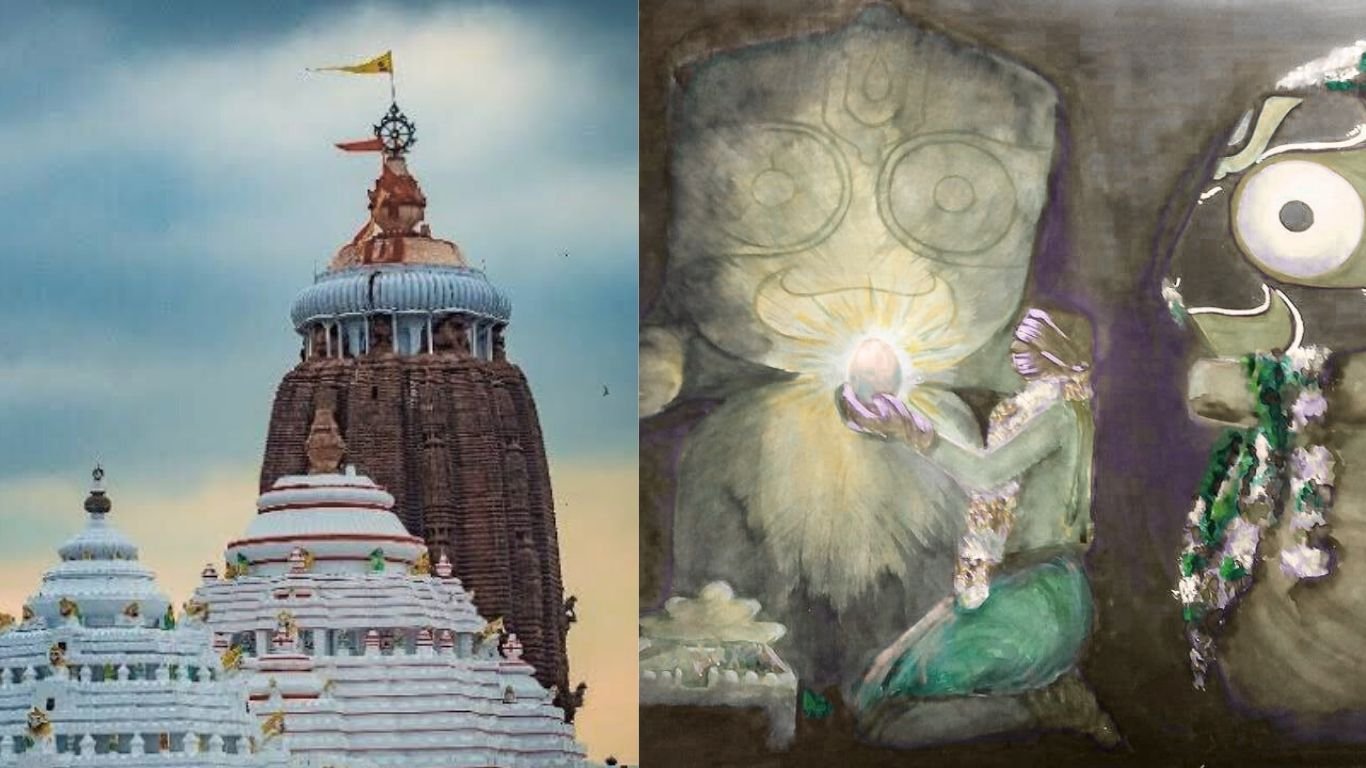The Jagannath Temple in Puri observes a sacred tradition known as Nabakalebara.
The word Nabakalebara comes from two Odia words: “Naba” meaning new and “Kalebara” meaning body. It refers to the ritual in which the wooden idols of Lord Jagannath, Balabhadra, Subhadra, and Sudarshan are replaced with newly carved ones. This ritual typically occurs every 12 or 19 years, depending on the alignment of the lunar calendar (when an extra Ashadha month occurs). The old idols are reverently buried near Koili Vaikuntha, a sacred space within the temple premises.
The Process of Nabakalebara is :
Vanayaga Yatra
Vanayaga Yatra means “journey to the forest.” It is the ritual journey undertaken by the Daitapatis to search for the sacred neem trees (Daru) that will be used to carve the new idols of Lord Jagannath, Balabhadra, Subhadra, and Sudarshan.
These are no ordinary trees — they are divinely selected by the grace of Goddess Maa Bata Mangala. Each tree has specific, divine characteristics and symbols that correspond to each deity:
For Lord Balabhadra: White or light-colored bark,Seven main branches Tree resembles the form of Lord Balabhadra
For Lord Jagannath: Mark of a chakra on the trunk,Located near a Peepal tree and a water body ,Has four main branches and Surrounded by snake holes
For Mata Subhadra: Symbols of lotus and kalasha (pot) on the trunk, Short and stout tree ,Located near a cow shed or grazing area and Bark has a yellowish
For Lord Sudarshan: Mark of a chakra and flame, Tree is lean and straight tree ,Dark-colored bark ,Only one main trunk, no major branches and its Located near a temple or sacred place
Cutting and Shaping of the Daru
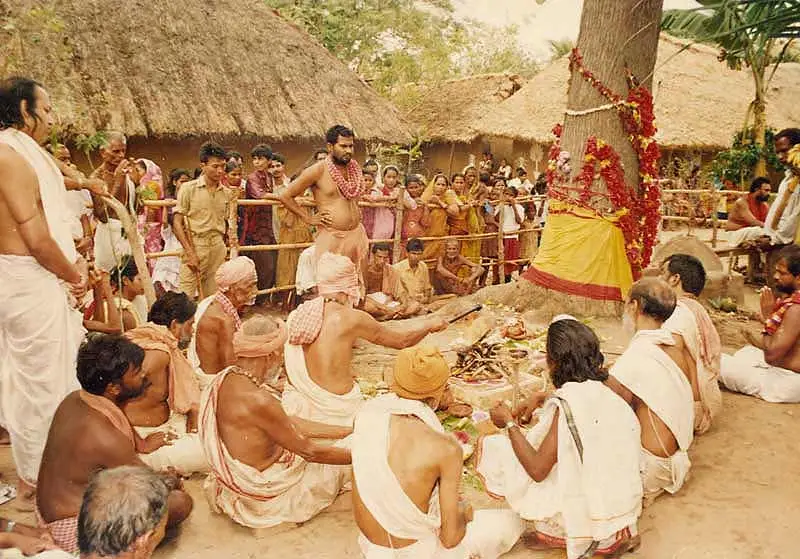
This is the most critical and revered aspect of Nabakalebara. The sacred neem logs are carved into the new idols of the Chaturdha Murti (four deities) by expert Maharana carpenters under strict secrecy and rituals. The carving takes place inside a restricted area called Koili Baikuntha.
Journey of Daru to Srikshetra
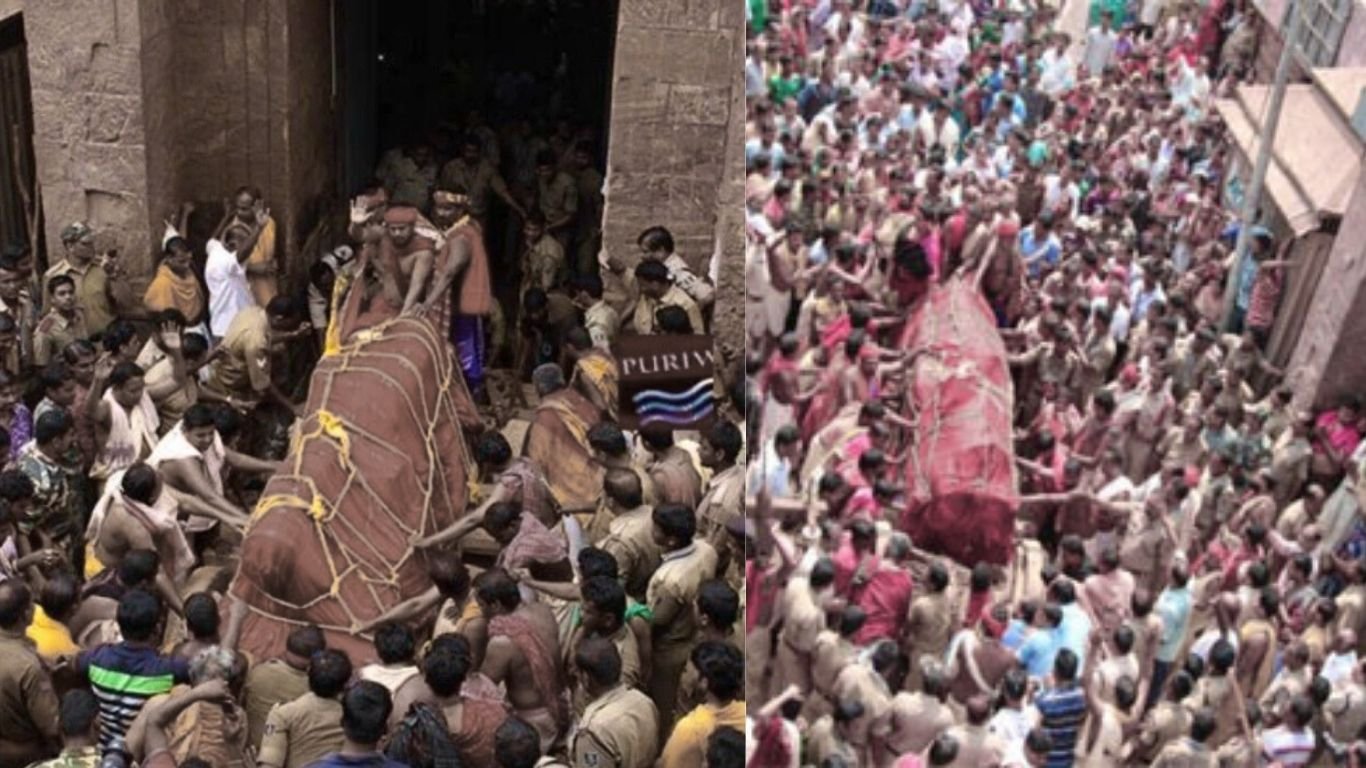
The journey of the Daru to Srikshetra (Puri) is known as the Daru Yatra. This grand and ceremonial procession brings the sacred wood from the forest to the Jagannath Temple, symbolizing the transition of divine presence from nature to the temple.
Construction of New Idols
The new Daru Vigrahas are carved inside Koili Baikuntha by only selected Daitapatis, Maharana sculptors, and Brahmins. This is a highly sacred and secretive process, preserving the spiritual sanctity of the tradition
Brahma Paribartan
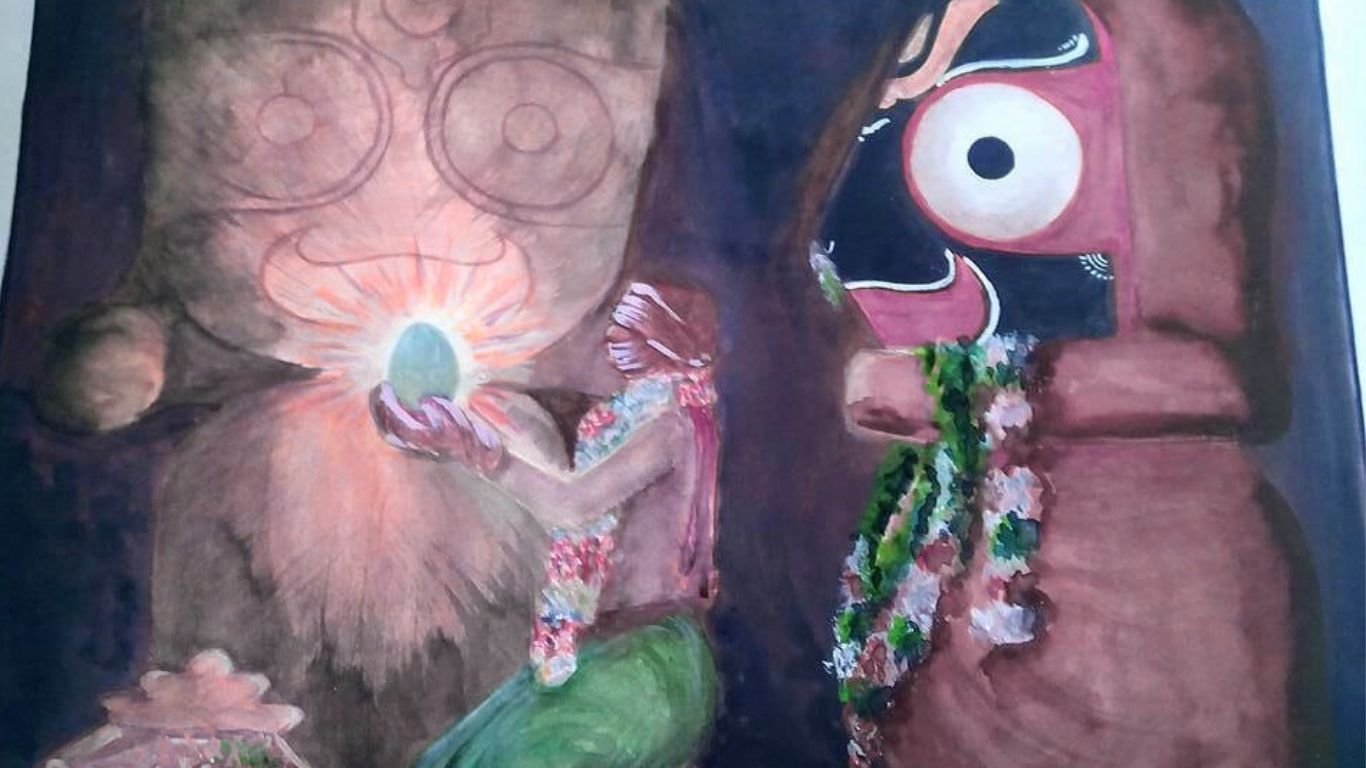
This is the most mysterious and sacred ritual of Nabakalebara. The term means “transfer of the soul (Brahma)” from the old idols to the newly carved ones.
This happens in complete darkness on the midnight of Ekadashi Tithi, and only a few selected Daitapatis and the Pati Mahapatra are allowed to witness and perform the ritual.
The Brahma Padartha, believed to be the divine life force, is never seen by anyone. Its exact form remains unknown, adding to the mystical nature of this ritual.
This is the only instance in Hinduism where God is believed to undergo death and rebirth.
Patali Leela
After the Brahma Paribartan, the old wooden idols are taken for burial. This is done with offerings of flowers, tulsi, sandalwood, and sacred chants. No public viewing is permitted. This divine burial ritual is known as Patali Leela, and it also takes place within Koili Baikuntha.
Nabajouban Besa
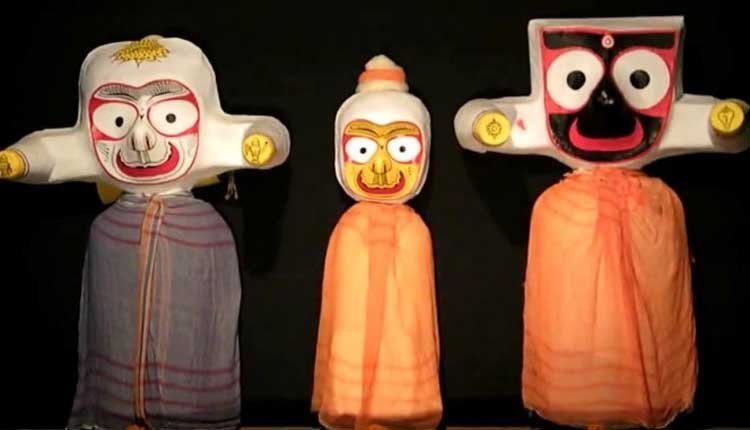
Nabajouban Besa means: “Naba” = New “Jouban” = Youth”Besa” = Attire or Appearance.This marks the first public appearance of the new idols of Lord Jagannath, Lord Balabhadra, and Devi Subhadra before the Rath Yatra. It signifies the rejuvenation and youthful energy of the newly reborn deities.
Conclusion:
Nabakalebara is not merely a ritual — it is a spiritual representation of the cycle of life, death, and rebirth.
The Chaturdha Murti (the four deities) undergo a symbolic reincarnation every 12 or 19 years, reaffirming the eternal nature of divinity in the Jagannath traditions
Read More :Why does the flag on the Jagannath Temple in Puri fly in the opposite direction?
